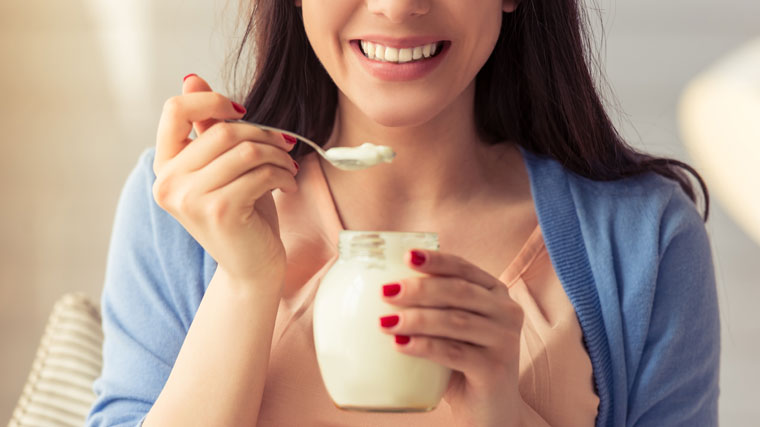Avoid Yeast Infections with Simple Lifestyle Changes

Answer a few questions and we'll provide you with a list of primary care providers that best fit your needs.
Itching, burning yeast infections signal an imbalance in the microorganisms inside a woman’s vagina. The vagina has its own ecosystem of good and bad bacteria. An overgrowth can lead to a yeast infection and/or bacterial vaginitis. They can occur at any point throughout a woman’s lifetime.
What Causes Yeast Infections?
Yeast is part of the fungi family. Like any other fungi, yeast thrives in cool, damp places, which describes the environment in a woman’s vagina. Specific causes include:
- Obesity
- Pregnancy
- Using douches
- Weak immune system from another illness, such as HIV
- Diabetes with uncontrolled blood sugar
- Taking antibiotics to treat another infection, especially medications including amoxicillin or steroids
- Using hormonal birth control with a high dose of estrogen
- Using vaginal sprays
- Bacteria that causes yeast infections can be transferred from your sexual partner, although this isn’t likely
Symptoms
The most common symptom is itching internally and/or externally. It can be extreme. Other symptoms may include:
- Abnormal vaginal discharge, which could be a slightly watery, white discharge or a thick, chunky, cottage cheese-like white discharge
- Pain during sexual intercourse
- Painful urination
- Redness and swelling of the vulva (the skin just outside the vagina)
How to Reduce the Risk
Every woman is susceptible to a yeast infection just because of the nature of her anatomy, but these simple lifestyle changes can reduce your risk for developing the infection in the first place.
- Watch what you wear. Certain clothing and the way it fits against a woman’s body can have a significant impact on yeast growth. Quickly change out of wet clothing, such as a bathing suit or workout clothes, after use. Choose underwear that is made of cotton or at least has a cotton lining, and make sure it doesn’t fit too snugly.
- Keep it clean and dry. Regular showers help keep the at-risk area clean, so be mindful of how often you bathe — and also be careful to soap and rinse properly. Make sure the area is dried properly after a shower and before dressing. Some women use the cool setting on a dryer to lightly dry the vaginal area. And don't douche.
- Be mindful of antibiotics. Antibiotics may help clear the body of an unwanted bacterial infection, but they don’t discriminate between good and bad bacteria. The result can be an imbalance of bacteria that leads to yeast infections. Talk to your provider about possibly starting on treatment for yeast infections at the end of an antibiotic course to avoid an infection.
- Adjust your diet. Acidophilus and lactobacilli are two live cultures that help prevent the overgrowth of the yeast organism. These can be found in foods such as yogurt or consumed through supplements. They can also be found in fermented foods such as Kombucha.
Thankfully, most yeast infections can be cured with over-the-counter medication or with an oral prescription that doesn’t require the use of external creams. Yeast infections that do not go away with treatment or that seem to reoccur on an unusually frequent basis should be evaluated by a provider.
Yeast infections can mimic other health conditions such as vaginitis or some sexually transmitted diseases. An overgrowth of yeast can also be a signal that a woman is dealing with diabetes.
Answer a few questions and we'll provide you with a list of primary care providers that best fit your needs.




